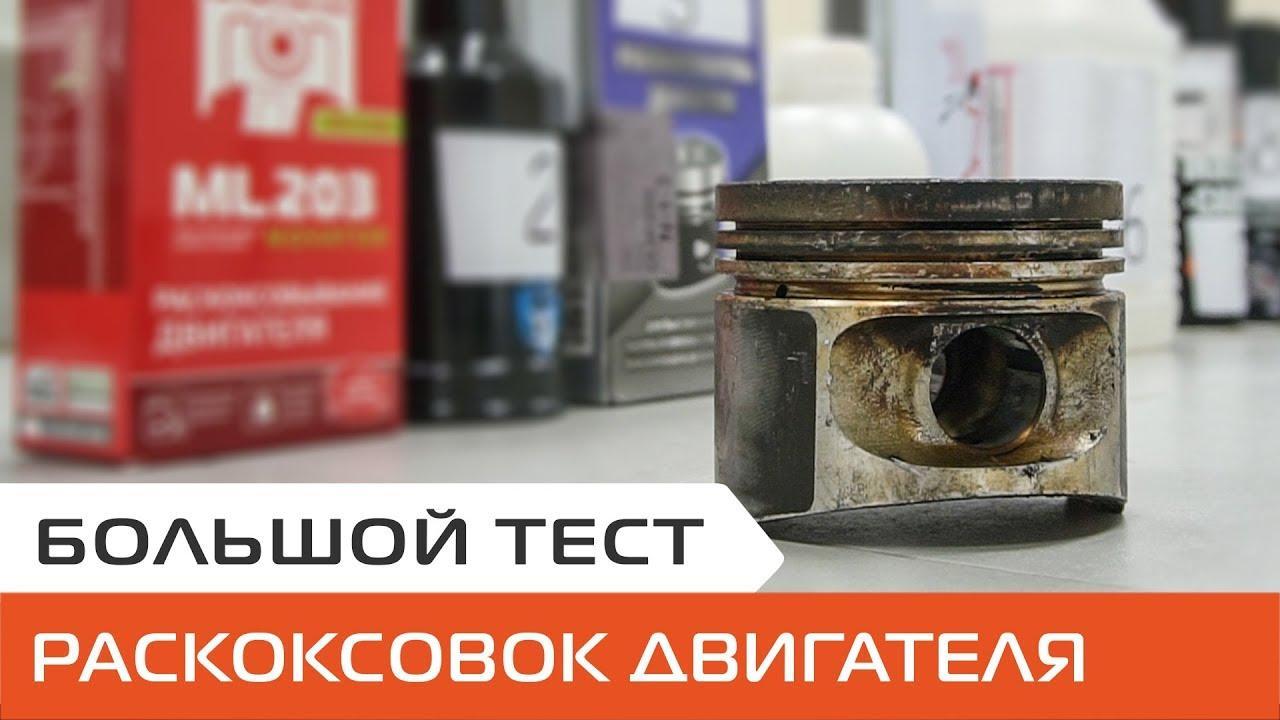
Engine decoking. What is the best thing to do?
The essence of the procedure
Soot and oily deposits that settle on the piston group lead to a number of unpleasant consequences.
- Reduced mobility of compression and oil scraper rings. This is the biggest problem. The so-called “coke” among the people clogs the piston grooves under the rings, ring locks and oil channels. This leads to a drop in compression, increased oil consumption for waste, and in general will accelerate the wear of the cylinder-piston group (CPG).
- The compression ratio changes. There are cases when the thickness of the coke crust on the upper surface of the piston reached 2-3 mm. And this is a significant value, which significantly increases the compression ratio in the cylinder. With an increase in the compression ratio, the likelihood of detonation of gasoline increases with all the ensuing consequences.
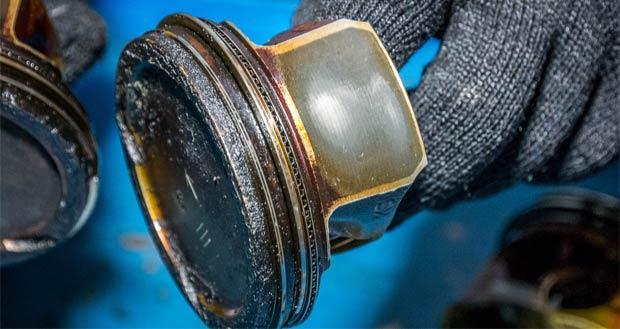

- The intensity of heat transfer decreases. Coke deposits on the piston crown and in the ring channels impair heat transfer. The piston overheats because it cools less intensively on the suction stroke when a fresh portion of air enters the cylinder. In addition, less heat is transferred through the rings to the cylinder liner. And if the engine has a problem with the cooling system, even a slight overheating can cause thermal deformation or burnout of the piston.
- Increases the likelihood of glow plugs. Solid hydrocarbons in the thermal cone of the spark plug and on the surface of the piston become hot and acquire the ability to ignite the fuel-air mixture until a spark appears.
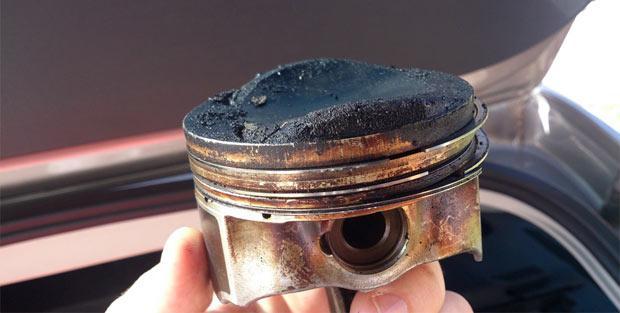

To remove solid and oily deposits from CPG parts, special tools were created: decoking. There are three ways to deliver decarbonizers to the piston group:
- funds that are poured directly into the piston chambers through candle wells;
- compounds added to motor oil;
- decarbonizers that are mixed with fuel.
There are decarbonizers, the use of which is allowed both directly and through fuel and lubricants.
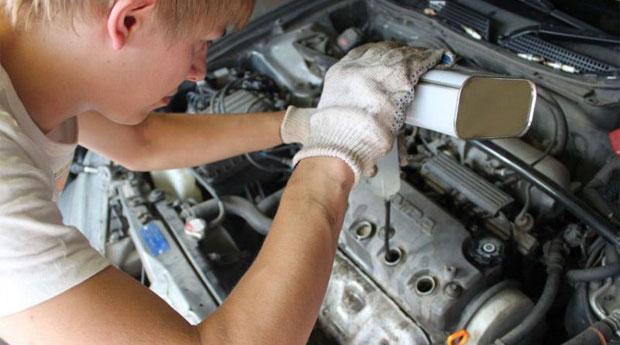

What remedy is better?
What is the best way to decoke an engine? Consider a few fairly popular tools that are used for this purpose.
- Dimexid (or dimethyl sulfoxide). Initially, the drug found its application in the field of repair and maintenance of internal combustion engines. Dimexide breaks down sludge deposits well. It is poured both directly into the cylinders through candle wells or nozzle holes, and into engine oil. Sometimes used as a fuel additive. Dimethyl sulfoxide can only be used after a detailed study of the question: is this tool suitable for your particular engine. This is a chemically aggressive composition. In addition to sludge, it easily breaks down paint, which in some engines paints the internal surfaces of the block, pallet and some parts. However, the complexity of the application and the need for in-depth study of the issue pays off with efficiency and low cost. In principle, this is the cheapest means of decoking.
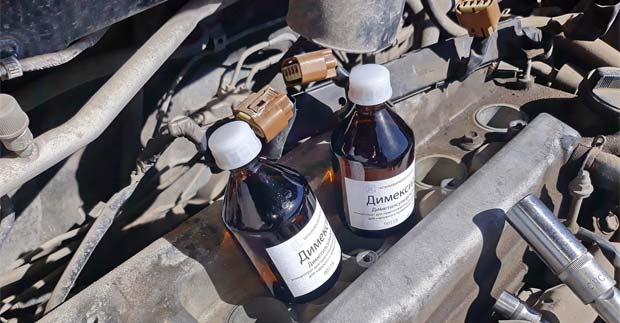

- Hado. This manufacturer produces three types of compositions for cleaning CPG parts:
- "Anticox" - the simplest and cheapest means of direct exposure (poured into cylinders);
- Decarbonizer Verylube - also mainly used directly;
- Total Flush - cleans the oil system as a whole, including CPG parts.
Xado decarbonizing compositions have proven themselves well. At an average cost in the market, all these braces are at least not useless, and almost all motorists note the effect of their use.
- Laurel. It also produces several types of engine decarbonizers. The most widely used formulations of direct action ML202 and ML. There is also an "Express" foam option for quick cleaning. The efficiency of all means in the environment of motorists is estimated as average.


- Additive decarbonizer Fenom 611N. Inexpensive tool that copes with only small deposits. Used mainly for prevention.
- Wynns Combustion Chamber Cleaner. Literally translated as "combustion chamber cleaner". It costs about the same as Lavr and works with efficiency comparable to the domestic composition. Rarely found in the Russian markets.
Among car chemicals for decarbonization, in terms of work efficiency, a simple rule applies: the more expensive the product, the faster and more efficiently it removes sludge deposits from CPG parts. Therefore, when choosing, it is important to assess the degree of contamination of the pistons and, according to this criterion, select the desired composition.


Watch this video on YouTube